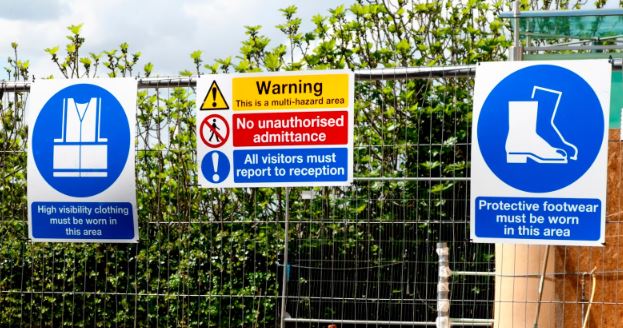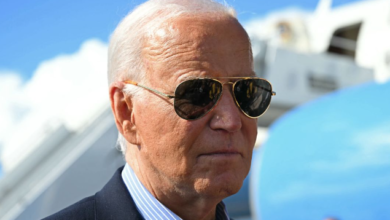Child Labor Laws Under Scrutiny as States Consider Rollbacks Amid Hazardous Work Conditions

In a concerning trend, numerous states are contemplating the rollback of child labor laws, a move that comes despite growing reports of hazardous working conditions faced by young workers. This shift has sparked a heated debate about the balance between economic opportunity and the protection of minors in the workforce.
Child labor laws, established to safeguard minors from exploitation and dangerous work, are being re-evaluated by some state legislatures under the guise of providing more flexibility for young workers and employers alike. Proponents argue that loosening these regulations can offer valuable work experience and financial independence for teenagers, particularly in industries facing labor shortages.
However, critics raise alarm bells about the potential consequences of such rollbacks, emphasizing that these laws were originally put in place to protect the well-being and development of children. There is a significant concern that relaxing these rules could lead to an increase in workplace injuries and exploitation among the most vulnerable workers. The debate is intensifying as reports emerge of minors working in conditions deemed unsafe or inappropriate for their age group.
The push to modify child labor laws is occurring in a complex socioeconomic landscape, where the demand for labor in certain sectors clashes with the imperative to uphold stringent protections for young workers. Advocates for maintaining or strengthening child labor regulations argue that economic needs should not supersede the safety and rights of minors. They call for a careful reconsideration of the potential impacts of such legal changes, advocating for policies that both support economic growth and ensure the protection of young workers.
As this issue unfolds, it is clear that a delicate balance must be struck. The discussion is not merely about labor laws but touches on broader themes of youth rights, workplace safety, and the societal responsibility to protect its youngest members from harm. As states navigate these legislative changes, the voices of labor advocates, families, and young workers themselves will be crucial in shaping the future of child labor laws in the United States.





